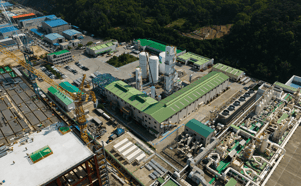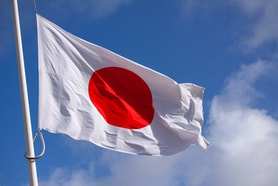Radical design for Energy Tower unveiled
Design plans are in place for a revolutionary new energy-efficient building in the Middle East that could provide radical new concepts and a role-model for future building design.
German architect Eckhard Gerber currently holds CAD designs for the tallest zero-emissions, zero-energy skyscraper in the world, a giant 68-story building that could draw on hydrogen from sea water through the process of electrolysis.
Sure to be both unconventional and eye-catching, the Burj al-Taqa, or Energy Tower, will generate electricity for itself through a combination of solar power and hydrogen. A 60-meter (197-feet) turbine on the tower roof and two photovoltaic facilities with a total area of 15,000 square meters (161,459 square feet) will produce sufficient electricity to meet the building’s needs. Additional energy is provided by an island of solar panels with an area of 17,000 square meters (182,986 square feet), which drifts in the sea within viewing distance of the tower.
The excess electricity will be used to obtain hydrogen from the sea water by means of electrolysis, which is then stored in special tanks. During the night, the energy facility uses fuel cells to generate electricity, keeping the tower working through the hours of darkness. In daytime, on the other hand, highly reflective mirrors on the roof direct the sunlight onto a cone of light that goes through the centre of the building and provides its array of floors with an abundance of natural light.
As complex as it is innovative, the building, which is designed by Gerber together with engineering company DS-Plan, will be a cylindrical structure in order to expose the least possible area of the façade to sunlight.
The tower’s façade is to be built from a new generation of energy-efficient vacuum glazing that will only come on the market in 2008 and are meant to largely shield the interior of the tower from outside heat. Ensuring the mostly-glass structure is comfortable inside without using outside energy will be an indispensable feature in the United Arab Emirates region, where outside temperatures can reach 50C. There will also be openings along the vertical face of the building and a duct system that will move fresh air in, and hot air out.
... to continue reading you must be subscribed










